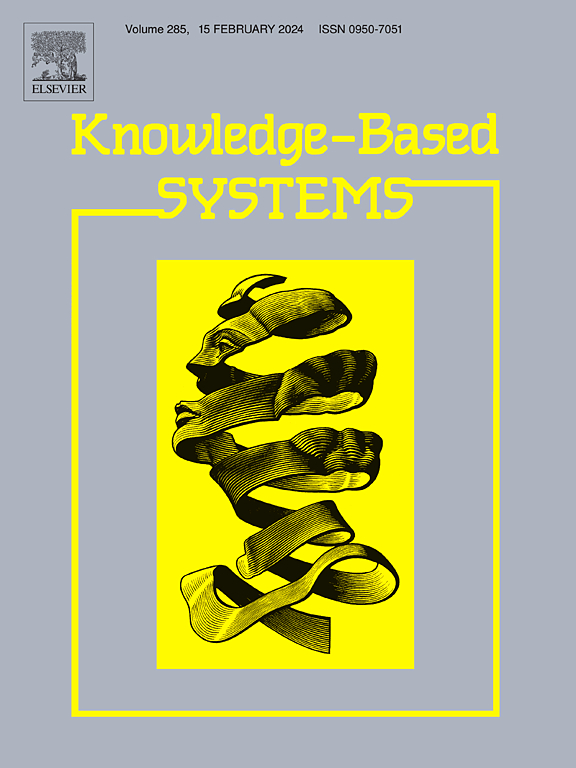DEMNet: A degradation difference enabled multi-stage network for multiple degradation image restoration
IF 7.2
1区 计算机科学
Q1 COMPUTER SCIENCE, ARTIFICIAL INTELLIGENCE
引用次数: 0
Abstract
Restoring images affected by multiple types of degradation is a challenging and active area, requiring simultaneous handling of various forms of corruption and maintaining semantic context and spatial details while effectively managing network complexity. To advance the performance of multiple degradation image restoration tasks, we introduce a Degradation Difference Enabled Multi-stage Network (DEMNet), which can efficiently restore images affected by various types of degradation, including noise, rain, and haze. Three key contributions are provided by the proposed method: First, we introduce a unique three-stage architecture in DEMNet to balance capturing fine spatial details and the preservation of crucial contextual information. Second, we present a degradation difference enabled contrastive loss as a guidance mechanism for a degradation difference encoder. This loss function facilitates the accurate extraction of degradation-specific information, thus enhancing restoration. Finally, to balance channel features and spatial details, we propose a spatial-channel integration block, which improves the overall representation of the restored image with improved comprehensiveness and accuracy. By integrating these innovative modules, our DEMNet performs favorably against the latest approaches in multiple degradation image restoration while significantly reducing the number of parameters. Furthermore, DEMNet also exhibits excellent performance in single degradation image restoration, showcasing its versatility and effectiveness across various degradation types. Extensive experimental evaluations confirm the superiority of the proposed method.
DEMNet:用于多重降解图像修复的降解差分多级网络
本文章由计算机程序翻译,如有差异,请以英文原文为准。
求助全文
约1分钟内获得全文
求助全文
来源期刊

Knowledge-Based Systems
工程技术-计算机:人工智能
CiteScore
14.80
自引率
12.50%
发文量
1245
审稿时长
7.8 months
期刊介绍:
Knowledge-Based Systems, an international and interdisciplinary journal in artificial intelligence, publishes original, innovative, and creative research results in the field. It focuses on knowledge-based and other artificial intelligence techniques-based systems. The journal aims to support human prediction and decision-making through data science and computation techniques, provide a balanced coverage of theory and practical study, and encourage the development and implementation of knowledge-based intelligence models, methods, systems, and software tools. Applications in business, government, education, engineering, and healthcare are emphasized.
 求助内容:
求助内容: 应助结果提醒方式:
应助结果提醒方式:


